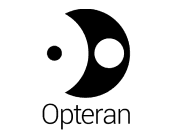We believe brain algorithms are one of the world’s greatest untapped natural resources
Opteran’s research captures models of the structure and function of real brain regions, which evolved with innate specialization for well-defined tasks such as visual navigation. As such they require no training, and minimal input to adapt, as well as being more robust to noise, more explainable, and more compute and energy-efficient.
Independently, organizations such as the US Department of Defence started to recognise the value of this approach, using the label ‘Third Wave AI’ to signify moving beyond the data-intensive, statistical pattern matching approach of ‘Second Wave Artificial Intelligence’, or Deep Learning. At Opteran we call it simply ‘Natural Intelligence’.
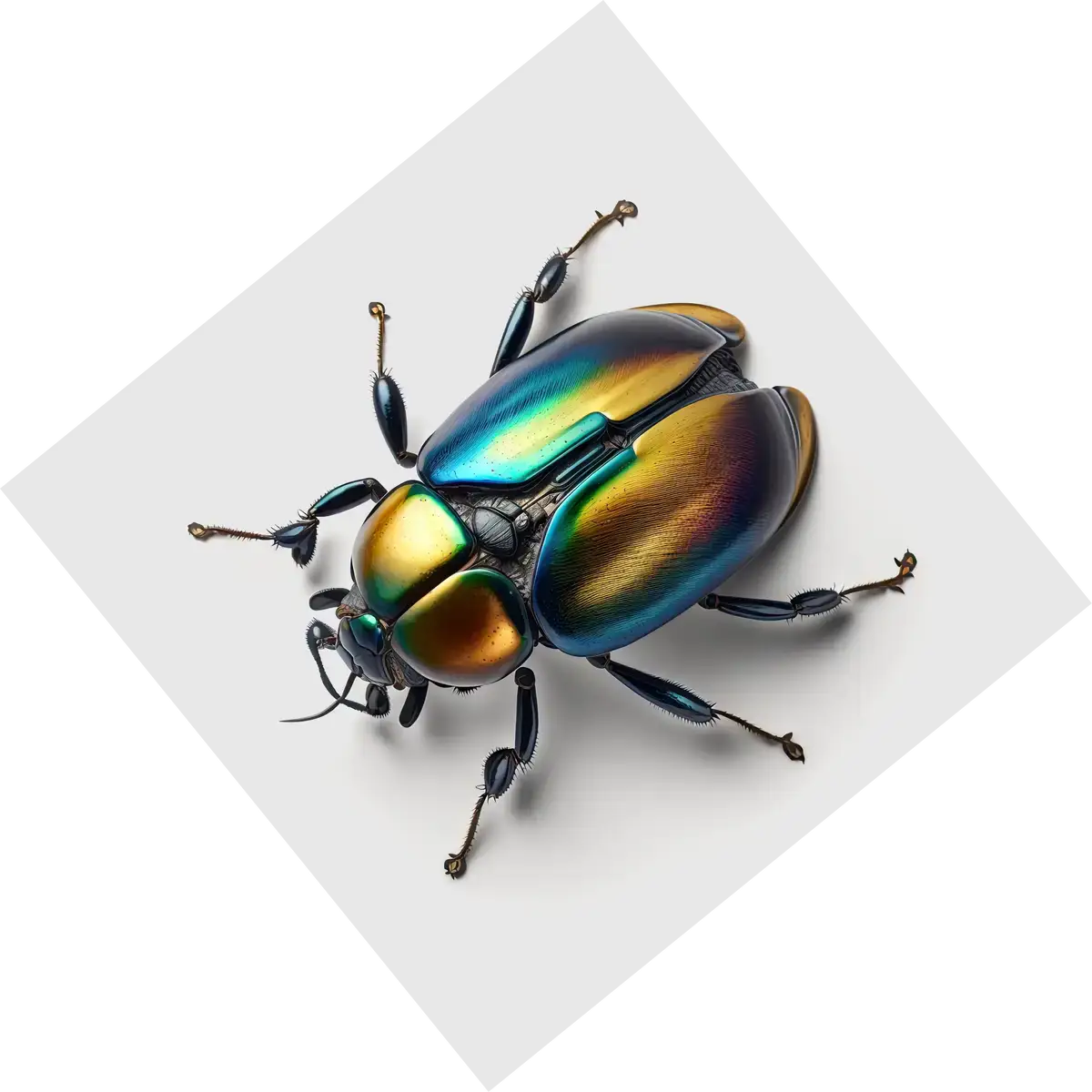
We don’t do Artificial Intelligence
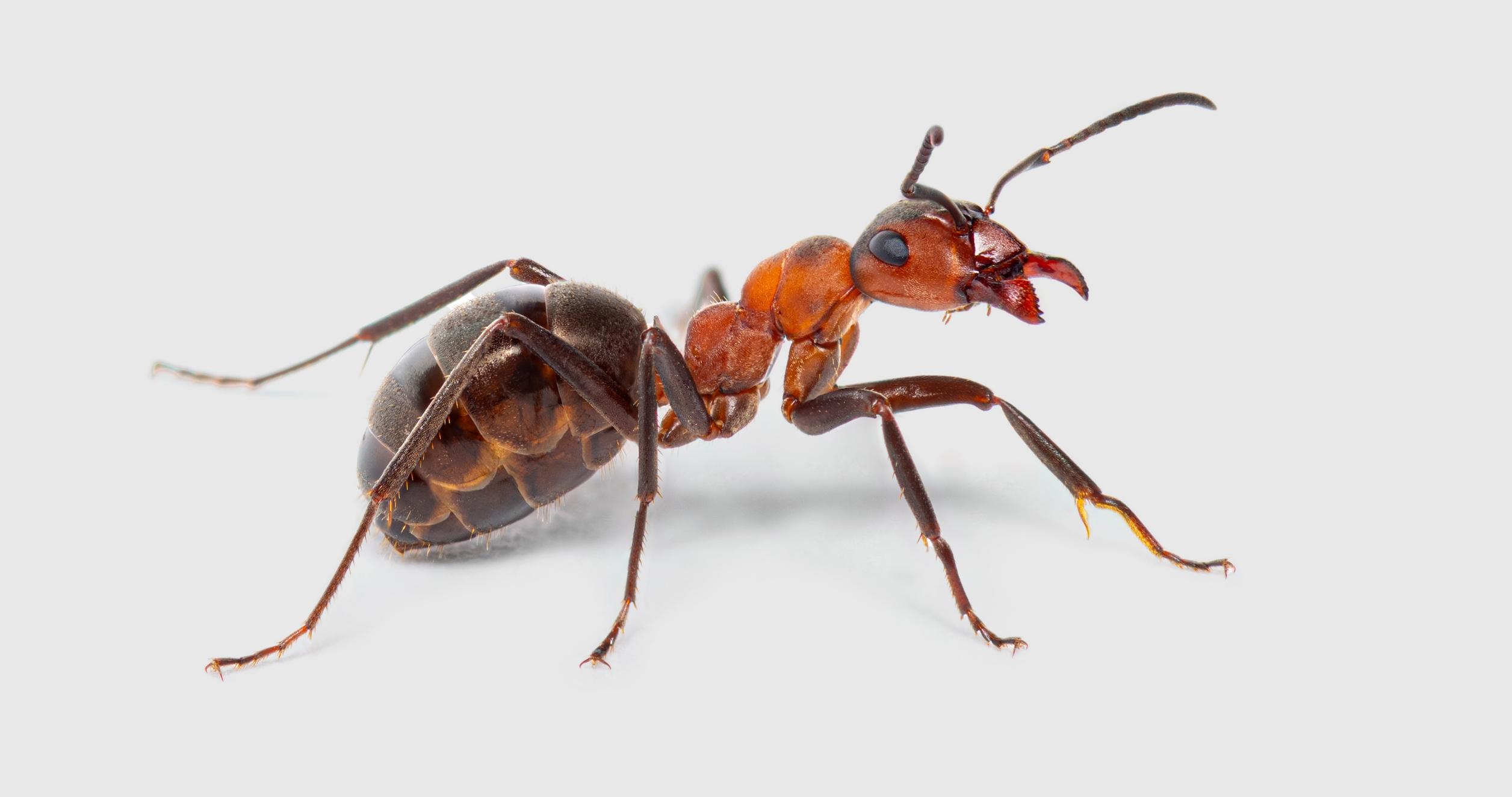
The deep learning revolution took off in the early 2010s with breakthrough performance in the ImageNet image recognition competition and the demonstrations of deep reinforcement learning for solving dynamic problems such as video games. These AI approaches, enabled by the large amounts of data and computation, look little like true full brain models. Rather, they are based on a caricature of very small parts of the primate brain, such as the visual cortex.
AI has scaled successfully to a wide variety of tasks and is successfully solving some very serious and valuable problems for humanity. However, it is also criticized as being fragile, biased, and hard to interpret. Hence we just don’t believe it’s the best approach to solve machine autonomy.
Artificial Intelligence
Create human algorithms
Engineer-derived algorithms and caricatures of biological neural systems with limited training.
Deep Machine learning data / compute.
How humans solve autonomy
‘we’re trying to make it work’
Natural Intelligence
Extract nature’s algorithms
Evolution of natural algorithms through hundreds of millions of years of massively parallel training.
Computational Neuroscience brains / biology.
How nature solved autonomy
‘we know it works’

How do we access brain algorithms?
We combine the diverse skill sets of computational and wet neuroscientists, behavioral biologists and computer scientists. Supported by the classical tools of neuroanatomy, electrophysiology and behavioral biology, and supplemented by more modern techniques such as optogenetics, multi-photon neural recordings, and virtual reality, we unravel the secrets of the insect brain.
This has allowed us, to take one of many examples, to understand the circuits underlying flight control in honeybees, and use these to control free-flying drones and ground based robots. We also built the first computational model of the insect visual compass, and have developed a novel model of visual navigation in insects.
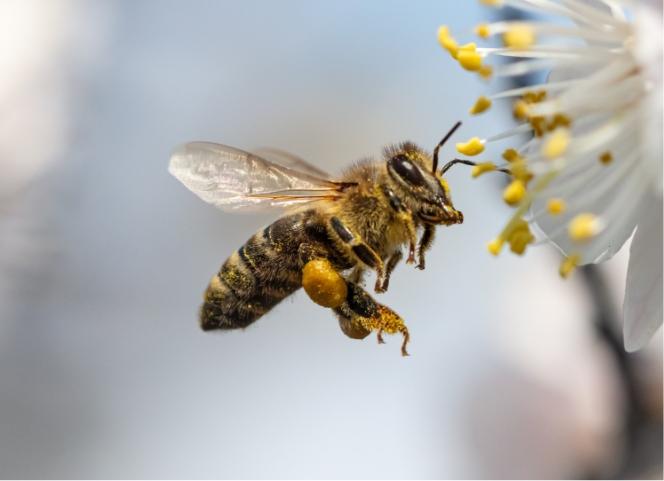
Identify valuable natural behaviours in nature.
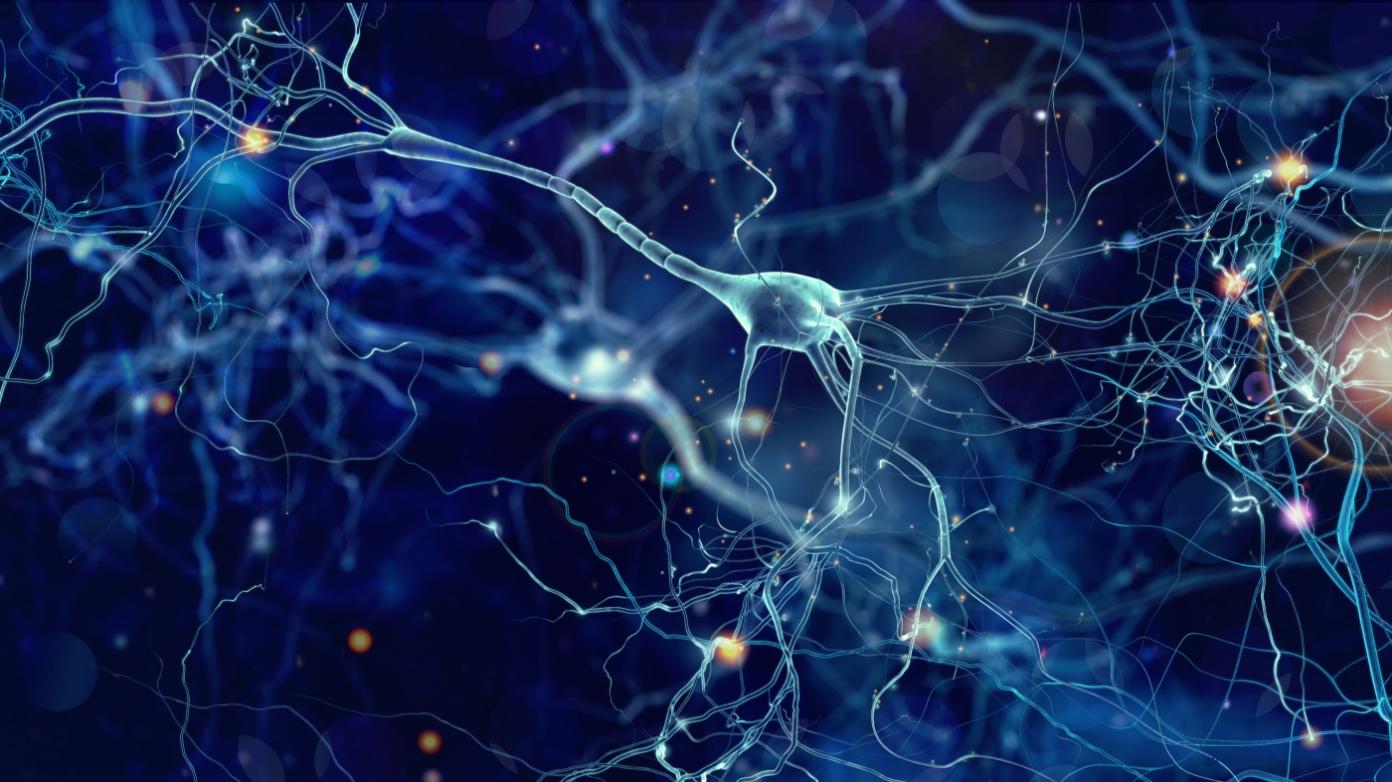
Separate algorithms from neural implementation.
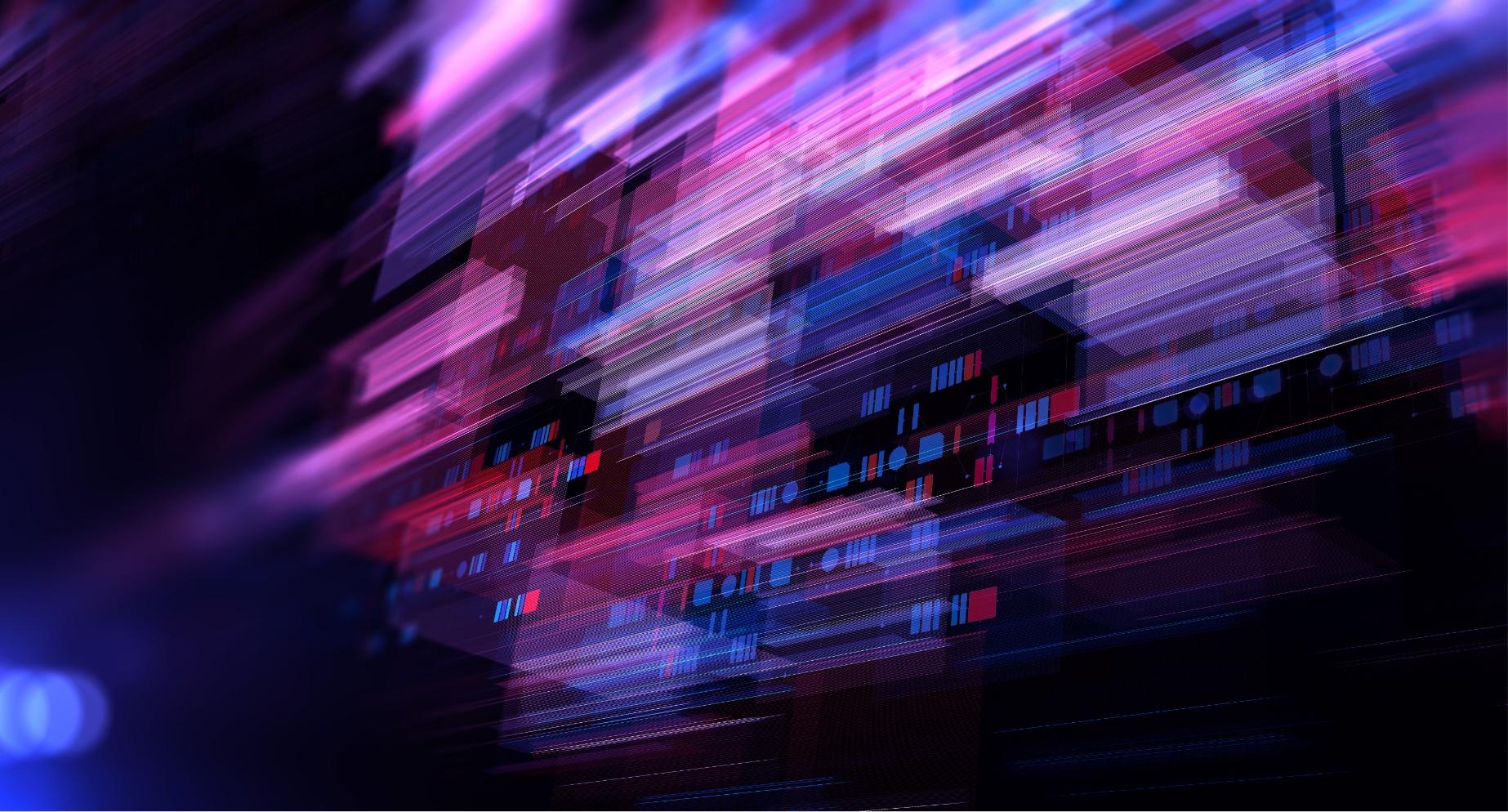
Deploy algorithms to standard hardware.
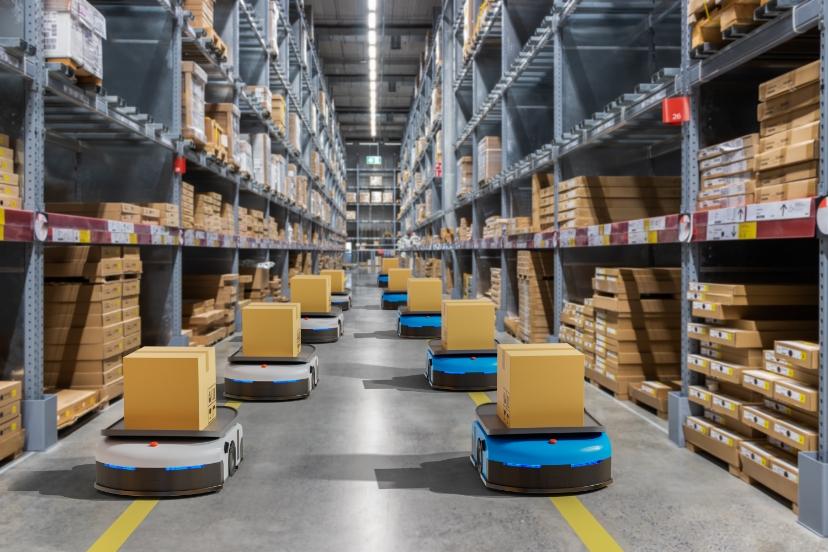
Embed to solve real world autonomy.
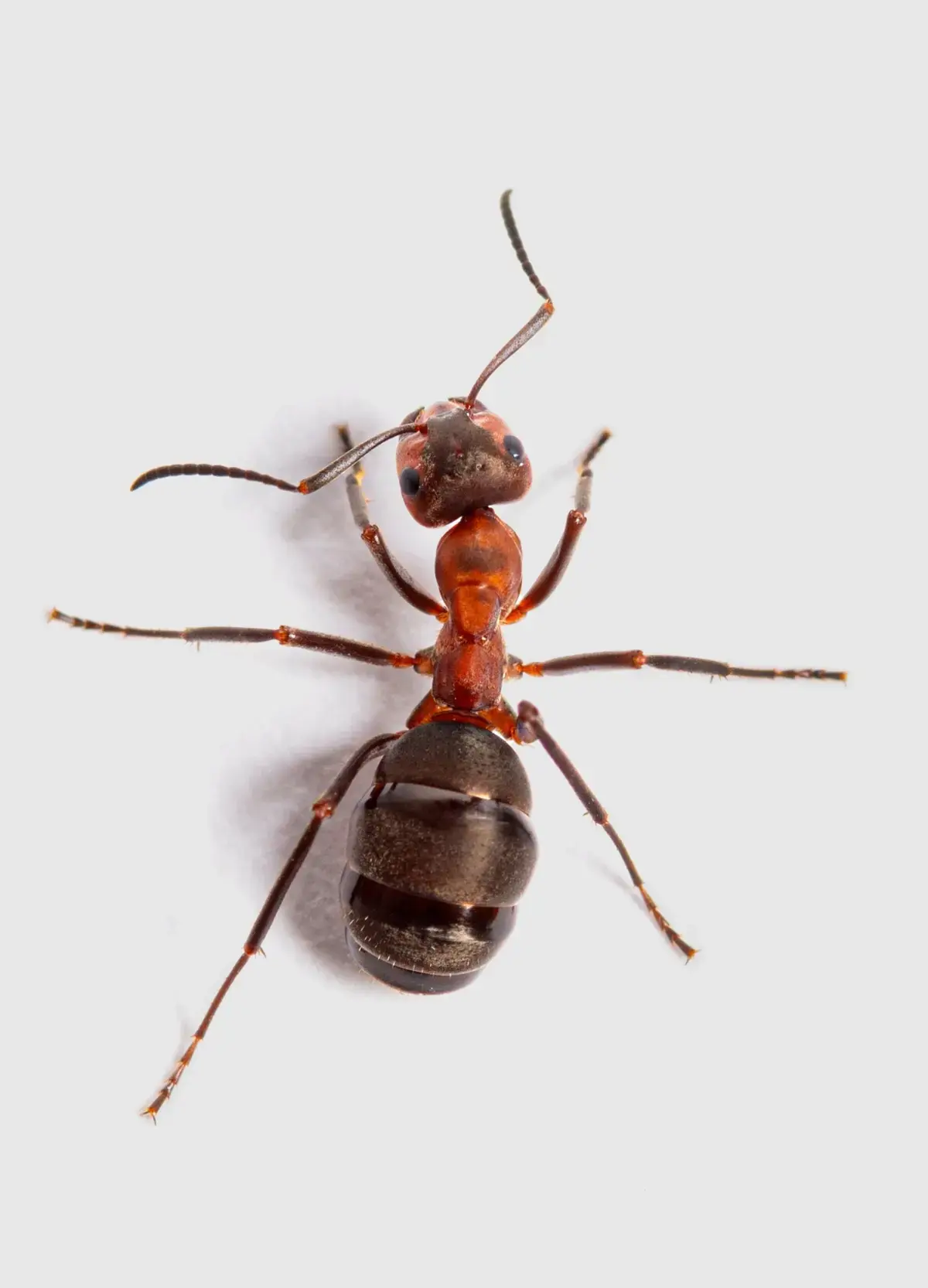
What problem are we solving?
Unstructured environments without significant augmentation.
Changing environmental conditions such as light, weather and dirt.
Static or moving objects.
Independent job prioritization.
Nature is innately adaptable by default
SoTA autonomy capture a facsimile of the world to build virtual maps, localize within those maps and plan routes around them. Training machines to move around the facsimile to manage the unpredictability of the real world.
Opteran’s approach is unique as it solves these hard problems by applying nature’s solution to adaptability, found in biological brains evolved in nature over eons. This allows machines to adapt innately, with edge only algorithms, that understand how to interpret the environment they are in like natural creatures with only a visual system i.e. camera eyes.
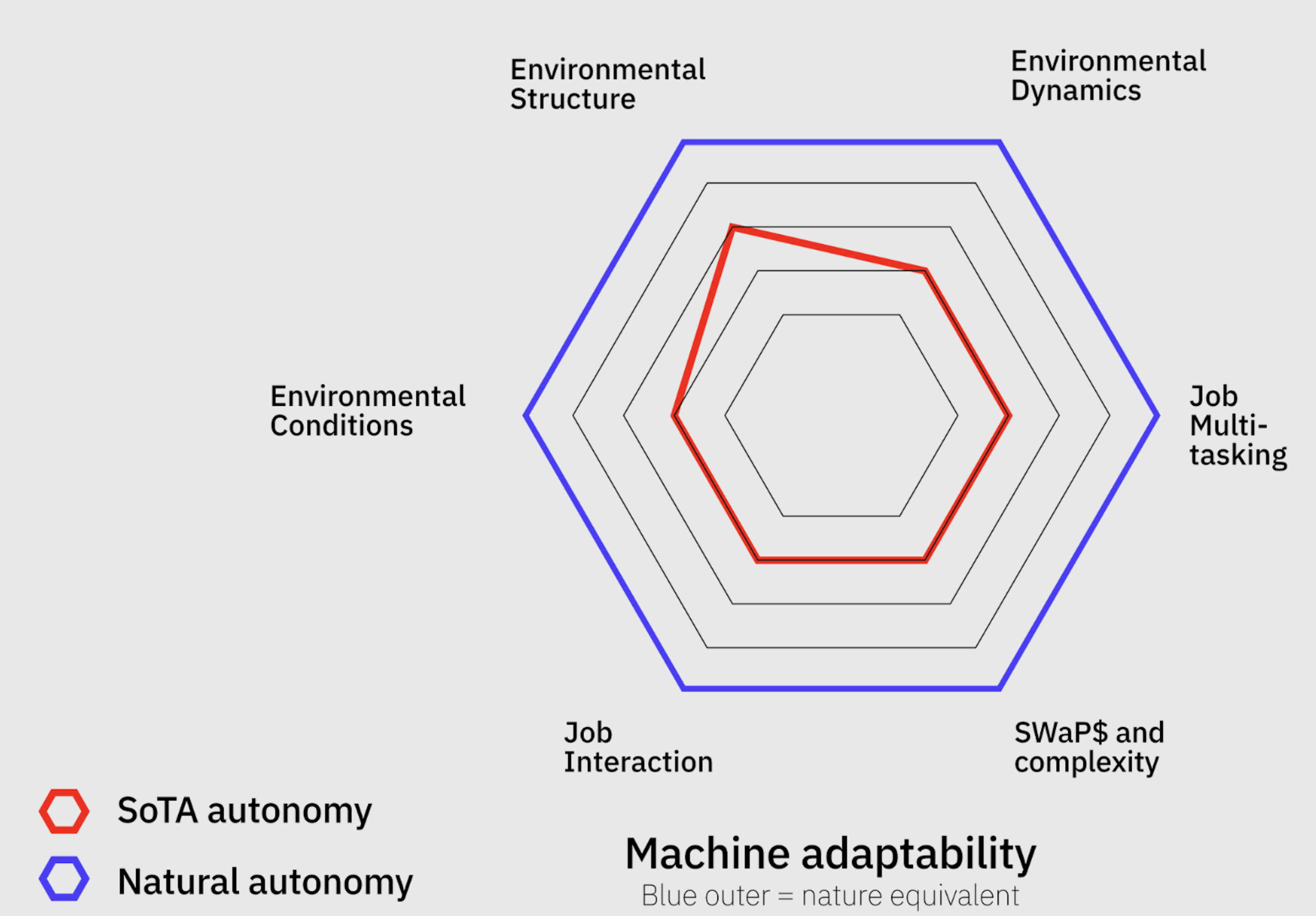
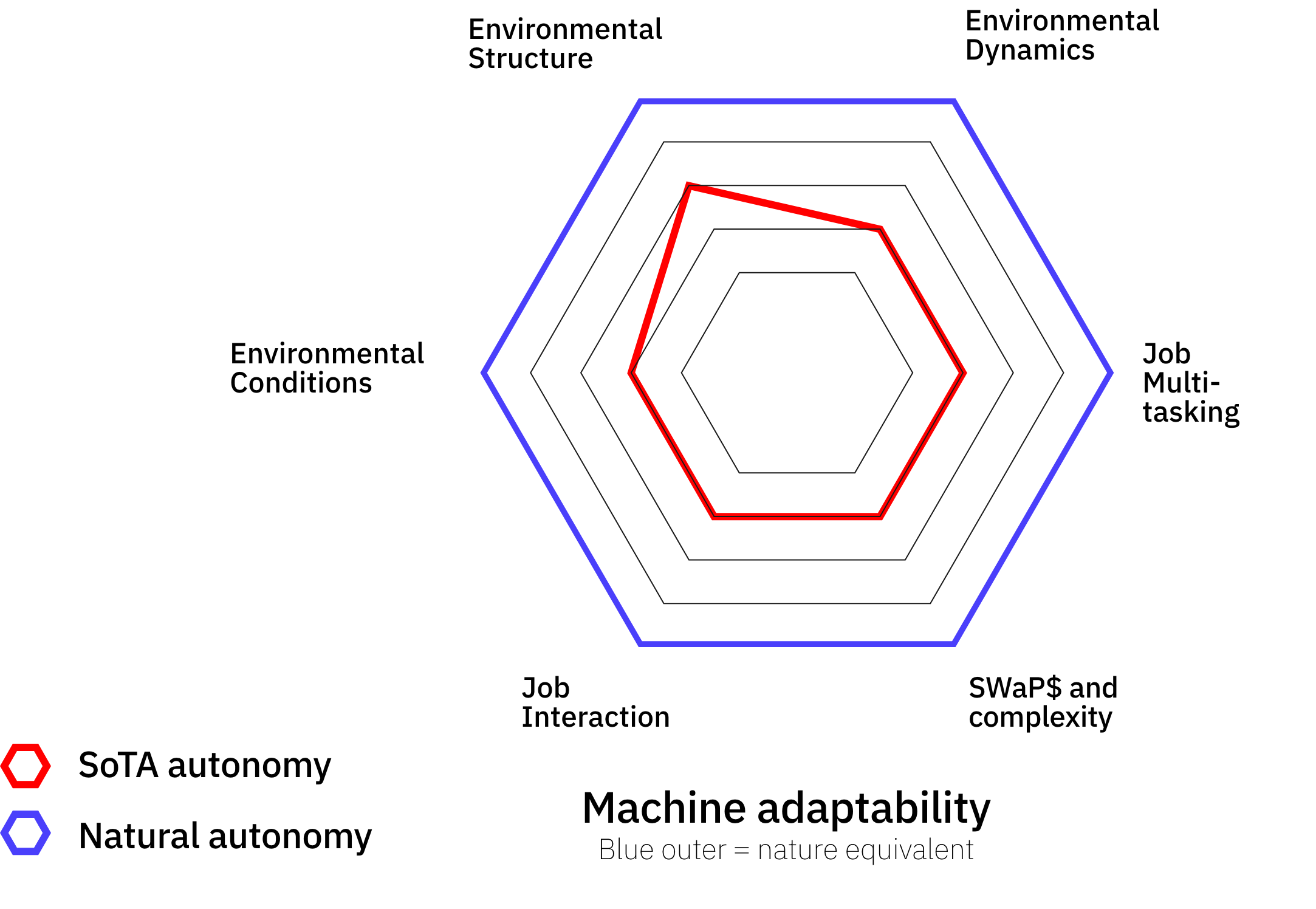
Environmental structure
Infrastructure free.
Environmental Conditions
Tolerant to differing conditions.
Environmental Dynamics
Aware and responsible.
Job Interaction
Flexible and collaborative.
Job Multi-tasking
Varied and independent.
SWaP$ and complexity
Highly efficient.
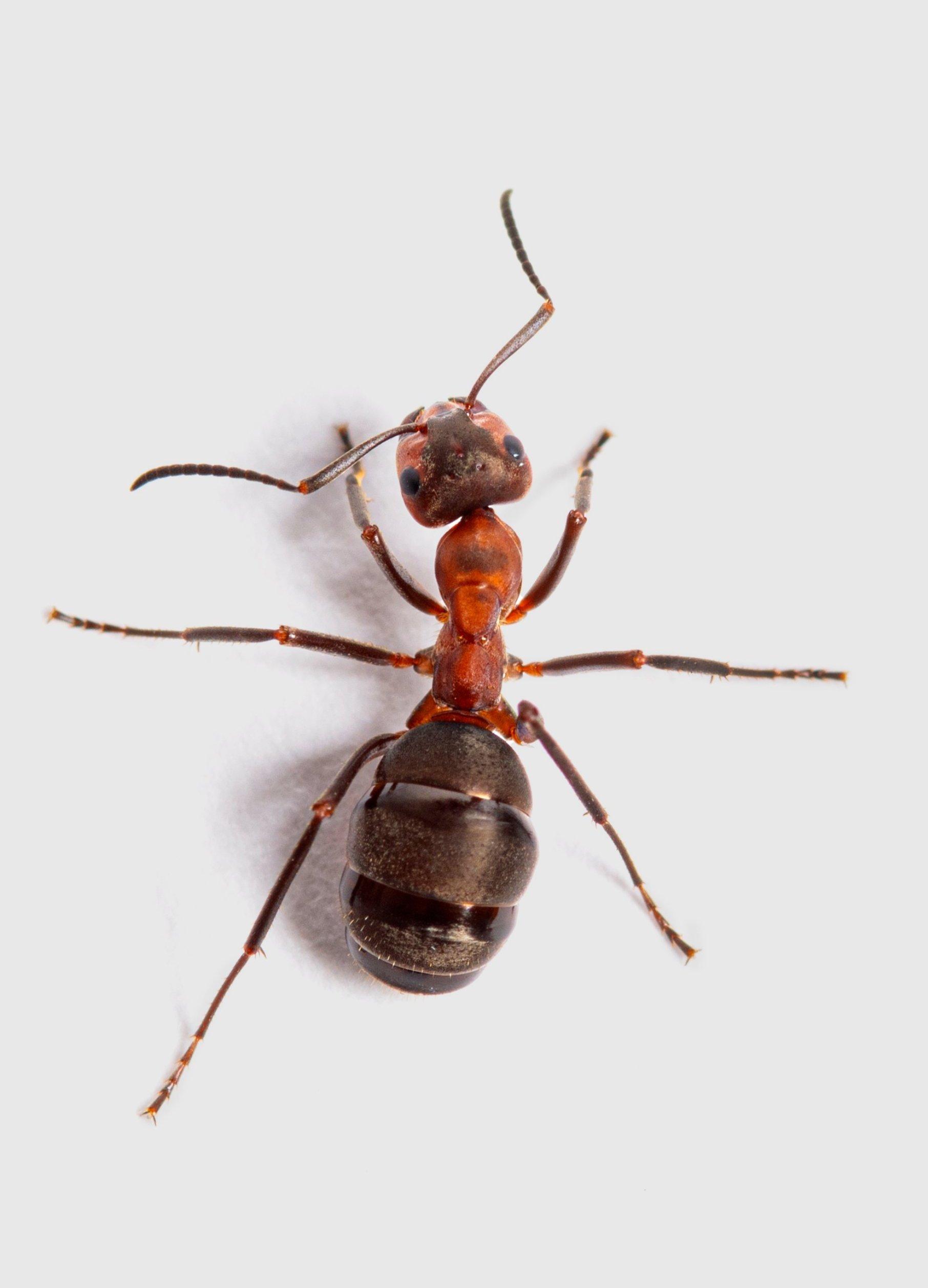
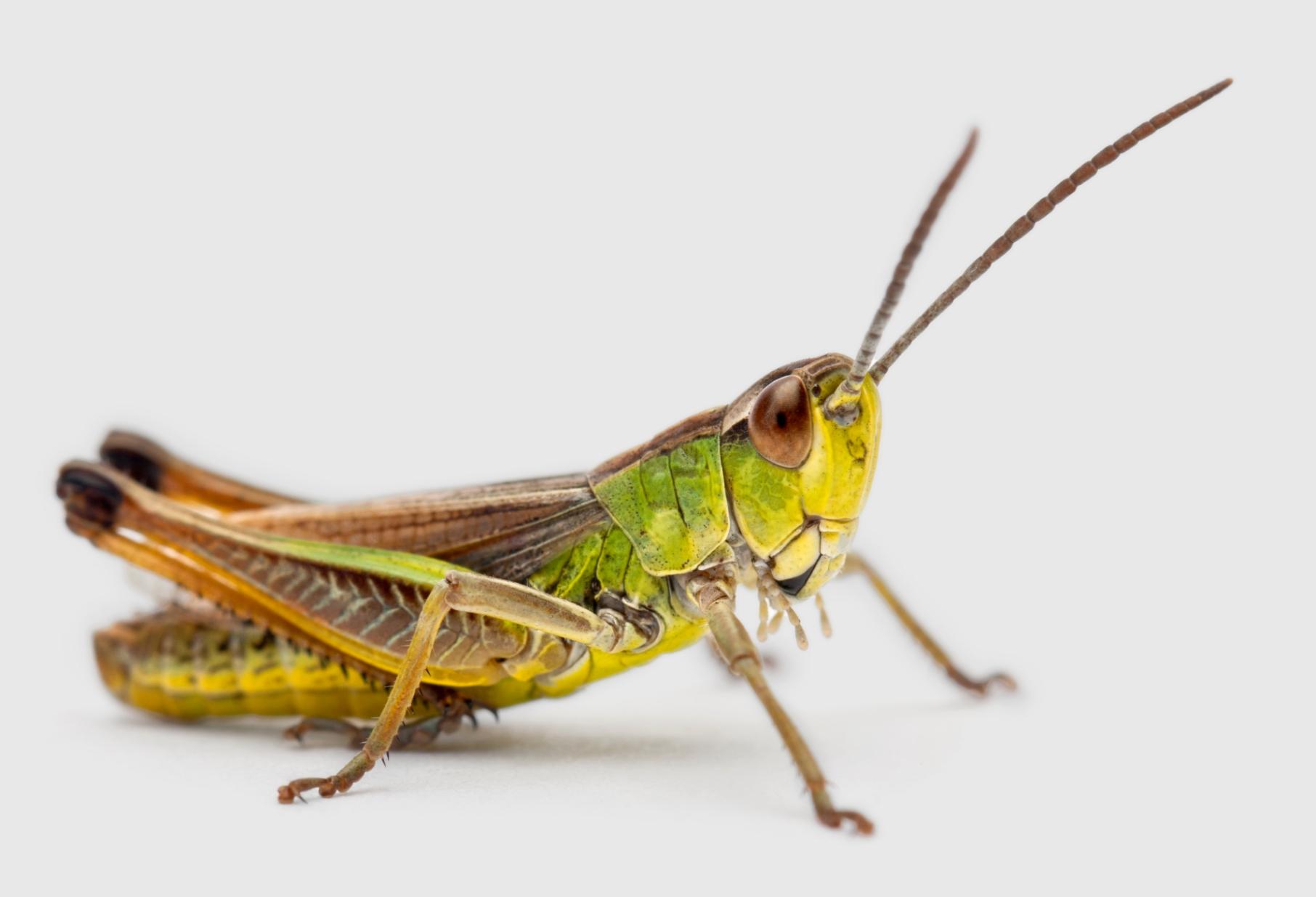
Our mission is to advance adaptability
We believe Natural Intelligence is the only viable route likely to achieve an animal level of Artificial General Intelligence.
Our observation is that brains evolved to first solve the movement problem, then moved onto higher level intelligence.
We believe higher level intelligence is far more likely to be realized by developing artificial systems that follow the same logic. Solving progressively more of the autonomy problem, beginning with motion and navigation and ending with mental maps and world models. Using Natural Intelligence as its operating system, which has already perfected autonomy, leveraged over hundreds of millions of years of paralleled evolution.
Horizon 1
Horizon 2
Horizon 3
Turning our research into product
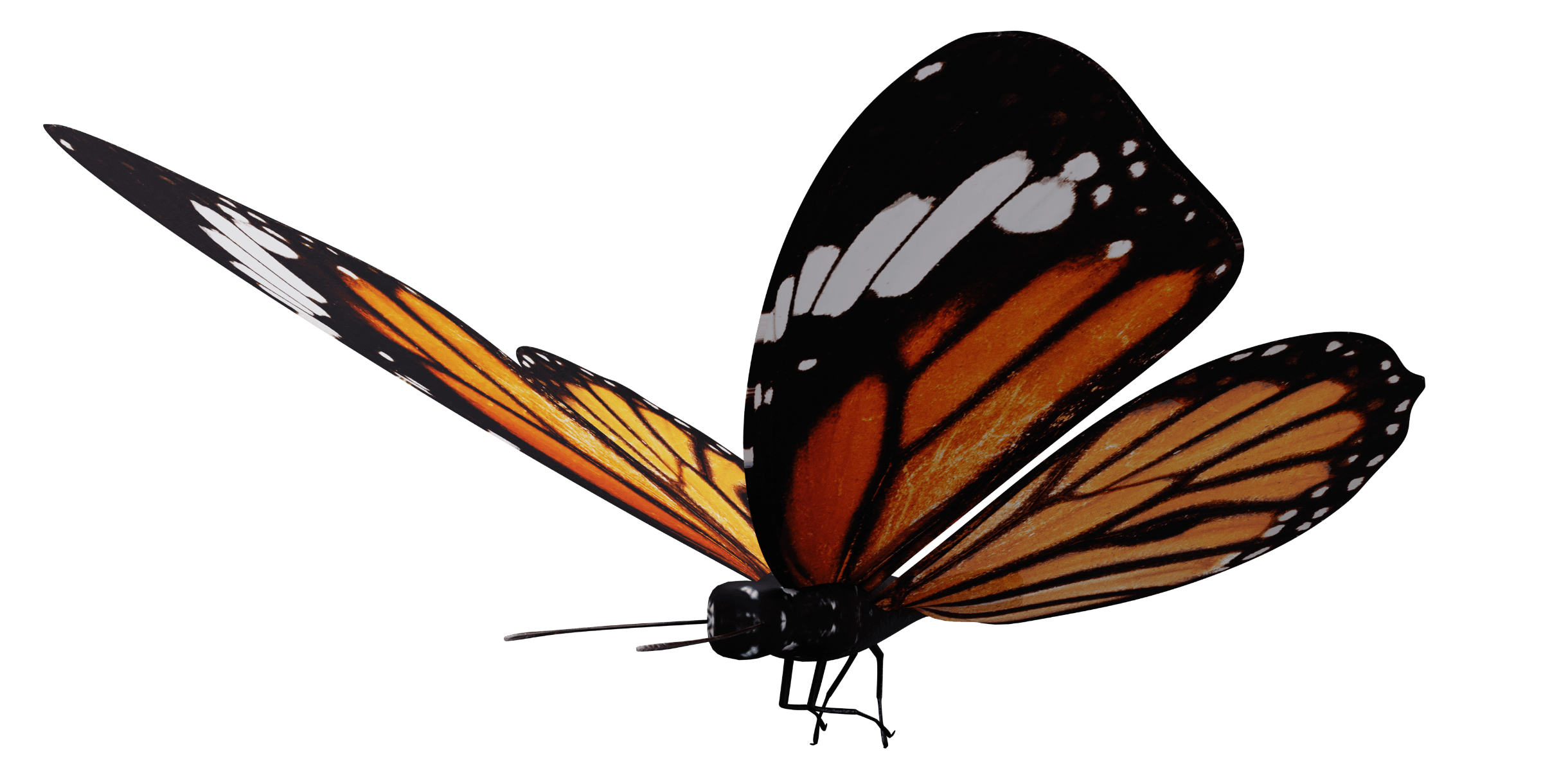
Our ever advancing research is leading to more advanced machine adaptability, empowering machines to solve ever more complex real world problems in fields they have not yet operated in.
The Opteran Mind
Enabling new use cases
New capabilities enable new use cases from drone inspection and monitoring to logistics AGV/AMRs, Consumer and Automotive.
Mind over Matter
- GPS free navigation
- Infrastructure free navigation
Light-up your Mind
- Indoor / outdoor vision
- Variable / consistent lighting
Peace of Mind
- Stereopsis depth
- Optic Flow depth
- Expansion Field depth
- Collision avoidance
Make-up your Mind
- Decision-making

